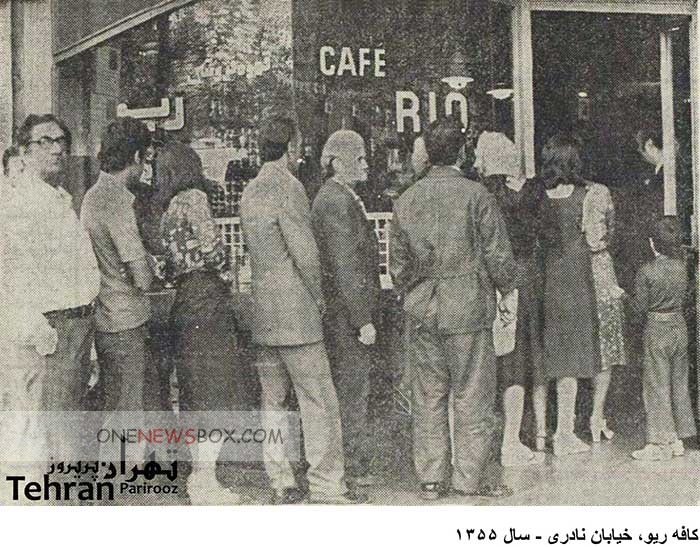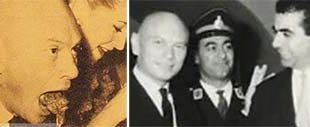The legal action had no impact and Raees still uses the logo which, in place of a mermaid with flowing locks of hair, has a man wearing a top hat. Its cafes also sell Starbucks-branded merchandise including mugs and flasks. In the decades before upheaval, cafes attracted the intellectual heart of the city. Philosophers, writers, and students filled their wooden chairs, surrounded by the scent of roasted coffee and ink-stained papers. Discussions often began with art, literature, or science, but inevitably turned toward politics — the state of the monarchy, the burden of taxes, the question of rights and freedoms.
It was in these settings that new ideas about equality and liberty quietly spread. Newspapers and pamphlets circulated hand to hand, and the boundaries of acceptable conversation stretched further with each passing week. The café became a place where a person could think aloud — an act that, in more formal settings, could have invited punishment. While cafes were the domain of thinkers and dreamers, the bars and taverns belonged to the working class — the blacksmiths, sailors, artisans, and laborers who kept the city alive. Here, the talk was raw and direct. The air was thick with tobacco smoke, laughter, and frustration.

